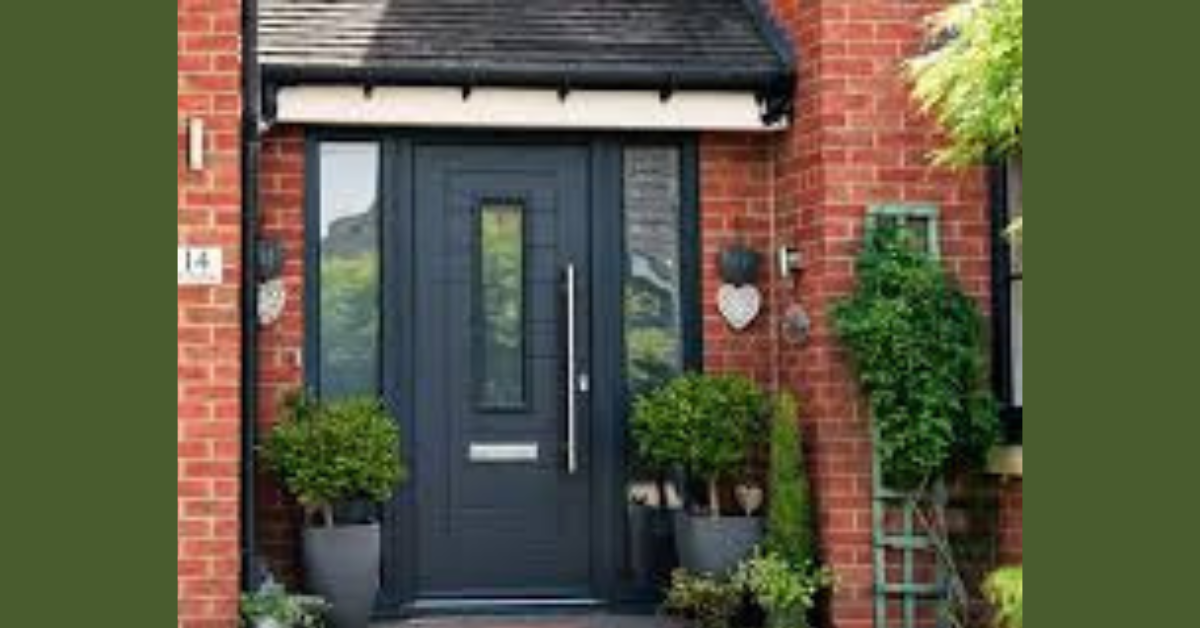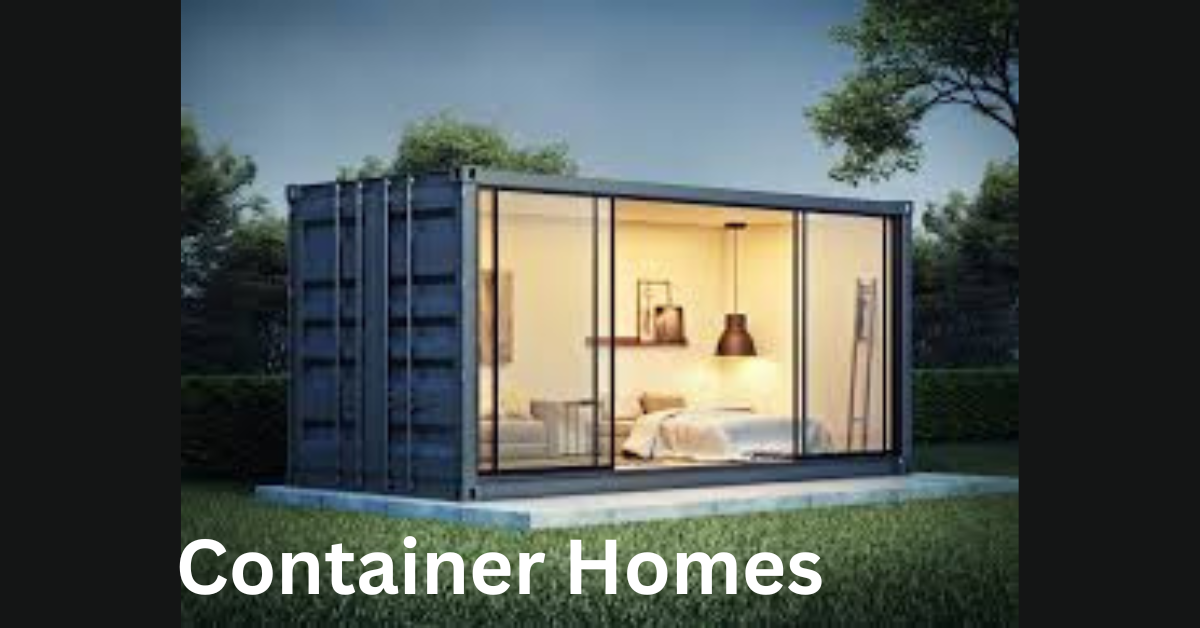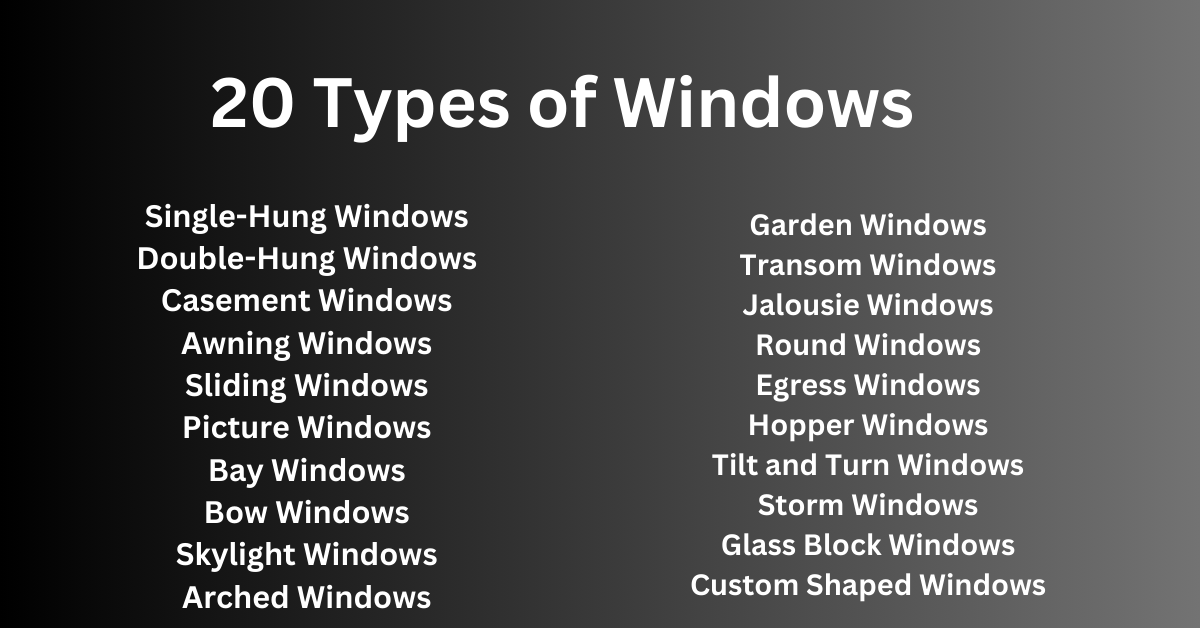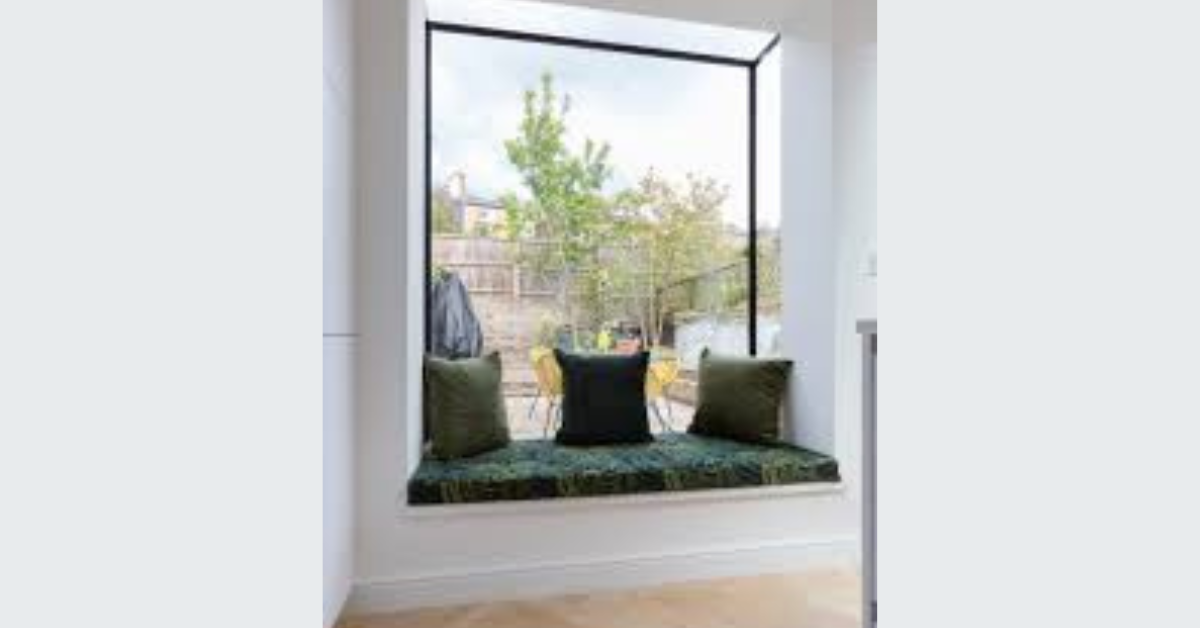What is a Composite Door? A Comprehensive Guide

This article will delve into the definition, features, benefits, and various aspects of composite doors, helping you understand why they might be the perfect choice for your home.
1. Understanding Composite Doors
A composite door is a type of door made from a combination of materials, designed to provide the best qualities of each. Typically, these doors consist of a solid core, often made from materials like timber or insulation foam, surrounded by an outer layer that may include fiberglass, uPVC, or metal. This construction technique allows composite doors to achieve a level of strength, insulation, and security that exceeds that of traditional wooden or uPVC doors.
2. Key Features of Composite Doors
Composite doors come with a variety of features that set them apart from traditional doors:
- Durability: The combination of materials used in composite doors makes them resistant to wear and tear, weathering, and impact, ensuring a long lifespan.
- Low Maintenance: Unlike wooden doors that require regular painting and treatment, composite doors need minimal upkeep. A quick wipe with a damp cloth is generally enough to keep them looking clean and fresh.
- Energy Efficiency: The solid core of a composite door provides excellent thermal insulation, helping to keep homes warm in winter and cool in summer, ultimately reducing energy bills.
- Aesthetic Variety: Composite doors come in various designs, colors, and finishes, allowing homeowners to choose styles that complement their homes.
3. Advantages of Composite Doors
Choosing a composite door over traditional options comes with several advantages:
- Enhanced Security: Composite doors are designed with security in mind. Their robust construction and the incorporation of multi-point locking systems make them difficult to break into, offering peace of mind to homeowners.
- Weather Resistance: The materials used in composite doors are designed to withstand harsh weather conditions, including rain, snow, and UV exposure, reducing the risk of warping or fading.
- Noise Reduction: The solid core of a composite door also helps in sound insulation, making homes quieter and more comfortable.
- Value for Money: While the initial cost of composite doors may be higher than some alternatives, their durability and low maintenance requirements often result in long-term savings.
4. Installation Process for Composite Doors
Installing a composite door involves several steps to ensure it fits properly and functions effectively:
- Measurements: Accurate measurements of the door frame are crucial. This ensures that the door will fit securely and function well.
- Preparation: The existing door may need to be removed, and the frame cleaned and repaired before installation.
- Fitting the Door: The composite door is then fitted into the frame, ensuring it is level and secure. Proper alignment is essential for functionality and aesthetics.
- Sealing and Finishing: Once installed, any gaps are sealed to improve energy efficiency, and final adjustments are made to locks and hinges.
5. Composite Door Designs and Customization
One of the standout features of composite doors is their variety of designs and customization options:
- Styles: From classic to contemporary, composite doors can mimic the appearance of traditional wooden doors while retaining modern benefits.
- Colors: Homeowners can choose from a wide range of colors, allowing them to match their door to the overall aesthetic of their property.
- Hardware Options: The choice of handles, locks, and other hardware can further personalize a composite door, enhancing both security and style.
6. Comparing Composite Doors to Other Door Types
When considering a composite door, it’s essential to compare it with other options:
- Wooden Doors: While wooden doors offer natural beauty, they require regular maintenance and can warp or rot over time.
- uPVC Doors: These doors are affordable and low-maintenance but may lack the aesthetic appeal and robustness of composite doors.
- Aluminum Doors: Strong and modern, aluminum doors offer durability but can be more expensive and less energy-efficient compared to composite options.
7. Maintenance Tips for Composite Doors
Despite their low-maintenance nature, some care can help extend the life of a composite door:
- Regular Cleaning: Use a damp cloth and mild detergent to clean the surface and remove dirt or grime.
- Check Seals and Hardware: Regularly inspect the seals and locking mechanisms to ensure they are functioning properly. Lubricate locks as needed.
- Avoid Harsh Chemicals: Steer clear of abrasive cleaners that could damage the finish of the door.
8. Conclusion: Is a Composite Door Right for You?
In summary, composite doors offer a blend of security, durability, aesthetic appeal, and low maintenance. Their unique construction and variety of styles make them a popular choice for homeowners looking to enhance their property’s entrance. If you’re considering a new door, a composite door may be the perfect investment for your home, providing value and peace of mind for years to come.
By understanding the features, benefits, and options available, you can make an informed decision about whether a composite door is the right fit for your needs.





